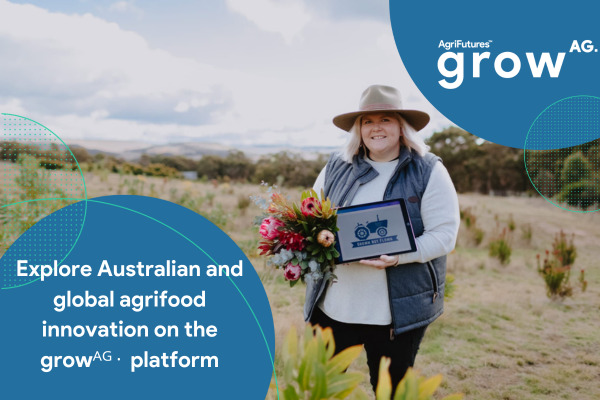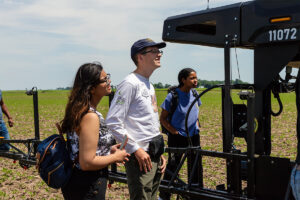Indoor ag startups are the belle of the ball when it comes to funding these days, and BrightFarms is the latest debutante.
The New York startup announced a $100 million Series E earlier this week led by the cleantech division of media and automotive services company Cox Enterprises, which now holds a majority stake in the business. Existing investor Catalyst Investors also joined in the round.
The round brings BrightFarms’ total funding to $200 million.
“Cox Cleantech’s goal is to build meaningful businesses that solve fundamental problems facing society and our environment,” said Steve Bradley, vice president of cleantech for Atlanta-based Cox Enterprises, in a statement.
“BrightFarms provides this opportunity through its sustainable model of growing food in the same communities where it’s consumed, resulting in food that’s fresher, safer, better tasting, and better for the environment.”
For Paul Lightfoot, BrightFarms CEO, a new round led by an old investor made perfect sense.
“We’re not looking to do anything in terms of a sea change. This lead investor already understood everything about us and what we were doing right,” he told AFN. “This has given us the fuel to keep expanding across the country and to make our industry bigger and more substantial.”
Lightfoot will soon be announced as the chairman of the US Department of Agriculture’s Fruit and Vegetable Industry Advisory Committee. He and the rest of the committee will meet with the US Secretary of Agriculture after the presidential election cycle concludes, and he plans to advocate for Americans to double their consumption of fruit and vegetables.
“Only one in five Americans eat their daily recommended amount of fruits and vegetables,” he said. “If we succeeded in doubling per capita fruit and veg consumption you would see a dramatic improvement in the carbon footprint of the food supply, you’d see diabetes rates go way down, military readiness improve, and healthcare budgets of states and federal governments will improve.”
The Series E funds will be used to enhance BrightFarms’ hydroponic greenhouses and retail offerings, as well as expanding its network of regional indoor farms throughout the US. Its current farming operations are located in Illinois, Ohio, Pennsylvania, and Virginia, with three new farms currently under development in North Carolina, Massachusetts, and Texas. Once functional, the new facilities will expand its coverage from 16 to 30 acres.
BrightFarms’ mission is to build the country’s first branded, packaged salads produced in high-tech indoor farms. It has partnerships with major grocery retailers like Ahold Delhaize, Kroger, and Walmart. It distributes its products to over 2,000 stores in the US and plans to reach 15,000 stores by 2025.
Like many other indoor farming startups, it makes several sustainability claims around its production model. BrightFarms states that its methods use 80% less water, 90% less land, and 95% less shipping fuel compared to traditional field-based production.
Lightfoot does not envision a future where produce from indoor farming operations replace traditionally grown leafy greens, however.
“There isn’t going to be only one solution,” he said. “I do think though that as you see a regulatory framework where perhaps climate change becomes more important, as you see consumer demand for knowing where food comes from continue to increase, the demand will increase. But our little niche industry could double and double and double and double, and it would still have room to grow.”
A general conclusion he draws from the recent bout of indoor farming fundings is that capital markets are seeing the benefits of controlled environment production in terms of safety, consistency of supply year-round, and fresher quality.
“This is going to continue to be a hot space going forward. And I don’t mean hot from investor sentiment,” he said.
“Frankly, I don’t care about whether investors are hot on it or not. [It’s] hot from the belief that the market demand greatly outstrips our capacity right now. We have to build capacity to catch up.”
In recent months several indoor farming startups have scored major funding deals. These include Kentucky-based AppHarvest, which is set to go public through a black check company at an estimated valuation of $1 billion. San Francisco-based Plenty announced a $140 million Series D led by Driscoll’s last week to build out its new Compton, California facility and research strawberry cultivation. Plenty previously held the title of largest agtech funding deal for its $200 million Series B round in 2017.
Finland-based vertical farming software startup iFarm raised $4 million in August 2020; Chile’s AgroUrbana raised a $1 million seed round a month earlier. Philadelphia’s GrowFlux received funding in June to help reduce indoor farming energy consumption and costs.















Sponsored
Sponsored post: The innovator’s dilemma: why agbioscience innovation must focus on the farmer first